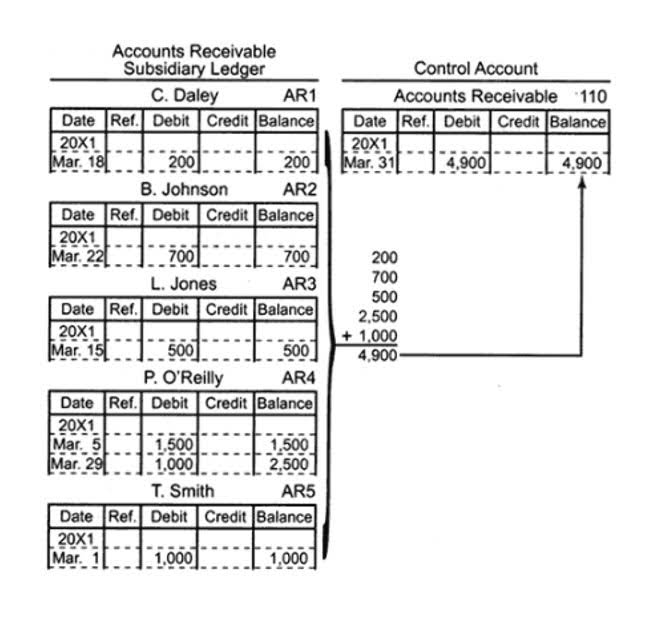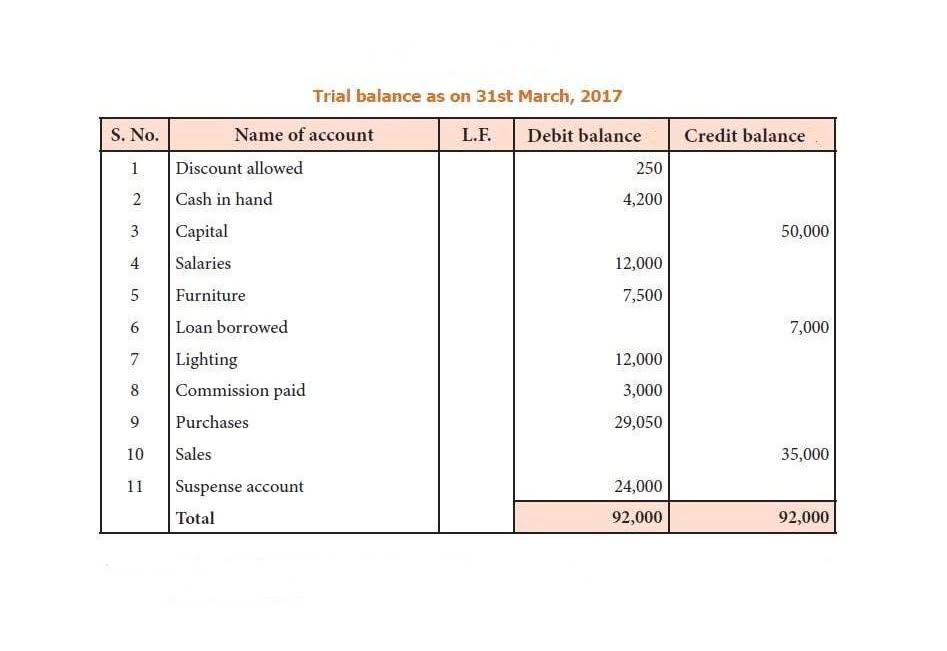Private carriers differ from common carriers because they don’t establish that their service is open to the general public. In other words, private carriers enter into a contract with each customer without the assumption that a similar contract will be available to the next customer. In Ludditt v Ginger Coote Airways[16] the Privy Council (Lord Macmillan, Lord Wright, Lord Porter and Lord Simonds) held the liability of a public or common carrier of passengers is only to carry with due care. There was nothing in the provisions of the Canadian Transport Act 1938 section 25 that would invalidate a provision excluding liability.
Telecommunications
Private carriers generally provide transport on an irregular or ad hoc basis for their owners. Due to their legal obligations, common carriers must provide equal access to their services without any discrimination. This ensures that the services they offer are available to everyone who seeks them, fostering a more inclusive what is privacy audits law society. The term common carrier is a common law term and is seldom used in Continental Europe because it has no exact equivalent in civil-law systems.
Common Carrier Definition and Legal Meaning
All content on this website, including dictionary, thesaurus, literature, geography, and other reference data is for informational purposes only. This information should not be considered complete, up to date, and is not intended to be used in place of a visit, consultation, or advice of a legal, medical, or any other professional. Legal Explanations is a free legal dictionary and resource site to help you with any legal documents or questions.
- One other place a consumer might come across the term common carrier is in the terms of supplemental benefits provided by a credit card issuer.
- Even companies that own and operate private carriers are occasionally forced to hire common carriers short-term when business volume exceeds in-house capacity.
- A common carrier is defined by U.S. law as a private or public entity that transports goods or people from one place to another for a fee.
- It is an individual or a company that transports people or goods on hire from one place to another for a specific amount of fees charged.Private carriers on the other hand transports goods or people for special purposes or on a one time basis only.
What is a Common Carrier?
If you’re wondering how to distinguish a common carrier’s truck from a private carrier’s truck on the highway, look at the advertising, or lack of it, on the exterior. Regular services by horse-drawn vehicles would ply to local towns, taking goods to market or bringing back purchases for the village. Common carriers have a unique legal status and are distinguished by their obligation to serve all individuals or businesses equally, without any discrimination or preference. This means that they cannot refuse service based on factors like race, gender, or religious beliefs.
Further, common carriers are usually subject to specific regulations imposed by government authorities or regulatory bodies. These regulations ensure that they provide services in a fair, reliable, and safe manner. Common carriers are also often held to higher standards of liability compared to other service providers. In case of damages or injuries caused during the provision of their services, they may be held accountable.
Regulatory bodies may also grant carriers the authority to operate under contract with their customers instead of under common carrier authority, rates, schedules and rules. These regulated carriers, known as contract carriers, must demonstrate that they are “fit, willing and able” to provide service, according to standards enforced by the regulator. When a customer requires transportation or communication services, they approach a common carrier and request the desired service.
Further, the Act gives telephone companies the option of providing video programming on a common carrier basis or as a conventional cable television operator. If it chooses the former, the telephone company will face less regulation but will also have to comply with FCC regulations requiring what the Act refers to as “open video systems”. The Act generally bars, with certain exceptions including most rural areas, acquisitions by telephone companies of more than a 10 percent interest in cable operators (and vice versa) and joint ventures between telephone companies and cable systems serving the same areas. States may require common carriers to obtain a permit before they can operate legally. They can face more state and interstate regulations and more government scrutiny than other businesses because they provide essential services to the public, in some cases with little or no competition.
Common carriers provide essential public services and thus can face more state and interstate regulations and more government scrutiny. Common carriers operate by offering their services to the general public in exchange for a fee. They typically have standard pricing structures and service agreements that govern the terms and conditions of their services. Explore how common carriers operate and their significance in the financial industry. The Federal Energy Regulatory Commission (FERC) regulates rates charged and other tariff terms imposed by interstate common carrier pipelines.
In Continental Europe, the functional equivalent of a common carrier is referred to as a public carrier[1] or simply as a carrier. However, public carrier in Continental Europe is different from public carrier in British English in which it is a synonym for contract carrier. The common carrier may carry the transport company’s own logo but will just as likely be plain and unadorned. It is an individual or a company that transports people or goods on hire from one place to another for a specific amount of fees charged.Private carriers on the other hand transports goods or people for special purposes or on a one time basis only. Common carriers employ various modes of transportation or communication infrastructure to fulfill their role.
The carrier then facilitates the movement of goods or the provision of what is unearned revenue a definition and examples for small businesses communication services from one location to another. They may have specific routes, schedules, or coverage areas depending on the nature of their operations. A common carrier is legally bound to carry all passengers or freight as long as there is enough space, the fee is paid, and no reasonable grounds to refuse to do so exist. A common carrier that unjustifiably refuses to carry a particular person or cargo may be sued for damages.
We and our partners process data to provide:
A common carrier is defined by U.S. law as a private or public entity that transports goods or people from one place to another for a fee. The term is also used to describe telecommunications services and public utilities. A common carrier is a company or individual, private or public, that transports goods, freight or cargo for a fee and is available to the public for hire.
A common carrier is an entity, such as a company or organization, that offers transportation or communication services to the public for a fee. They can operate in various sectors, including transportation (such as airlines, shipping companies, and bus services) and communication (such as internet service providers and telecommunications companies). The regulatory body may create, interpret, and enforce its regulations upon the common carrier (subject to judicial review) with independence and finality as long as it acts within the bounds of the enabling legislation. A business that does not use a common carrier but instead uses its own fleet to transport its goods is called a private carrier.
A common carrier, such as a bus service, offers its services to the general public, unlike a private carrier that might be available to only specific clients on a contractual basis. Common carriers are essential entities that provide transportation and communication services to the public. They have a legal duty to serve everyone equally and are subject to specific regulations designed to ensure fair and safe operations. An important legal requirement for common carrier as public provider is that it cannot discriminate, that is refuse the service unless there is some compelling reason. As of 2007, the status of Internet service providers as common carriers and their rights and responsibilities is widely debated (network neutrality). When interstate or foreign transportation is involved, the federal government, by virtue of the Commerce Clause of the Constitution, regulates the activities of such carriers.















